I'd like to classify simple shapes (see the attached "sample resource of shapes") algorithmically (automatically). Does anyone know how to do that?
The intended result would be a text such as "line", "circle", and "triangular" etc.

I'd like to classify simple shapes (see the attached "sample resource of shapes") algorithmically (automatically). Does anyone know how to do that?
The intended result would be a text such as "line", "circle", and "triangular" etc.

Make sure that the shapes are always aligned the same way (for instance bottom-right justified) and decompose the space with a grid (say 6x6). In each grid cell, determine the length of the stroke that traverses it, and possibly a dominant direction.
For recognition, perform the same decomposition of the shape and try a matching with all templates. You need to define a distance function that is minimized when the lengths and directions are identical and smoothly decreases otherwise.